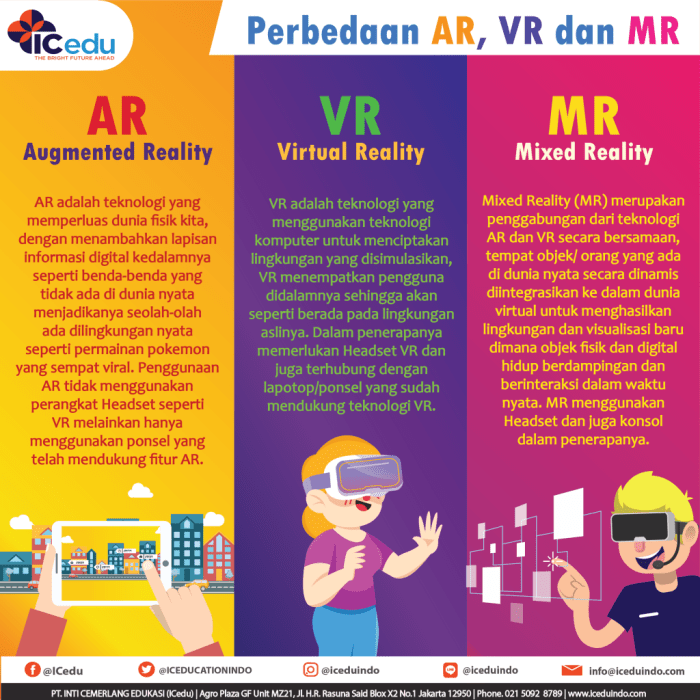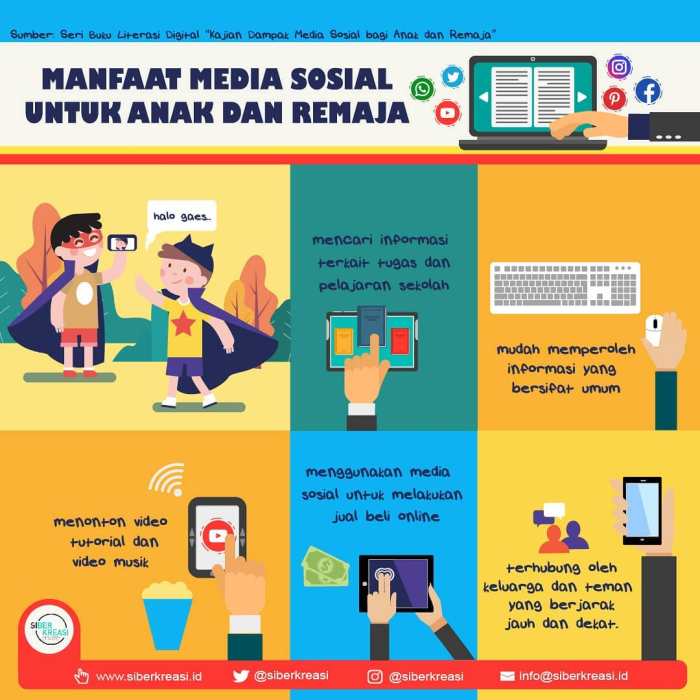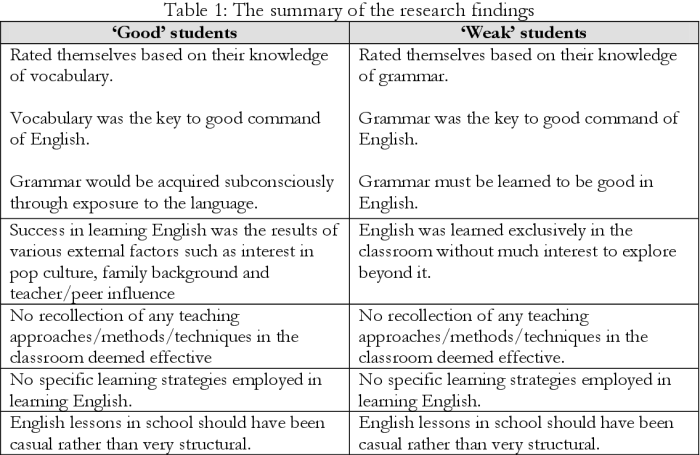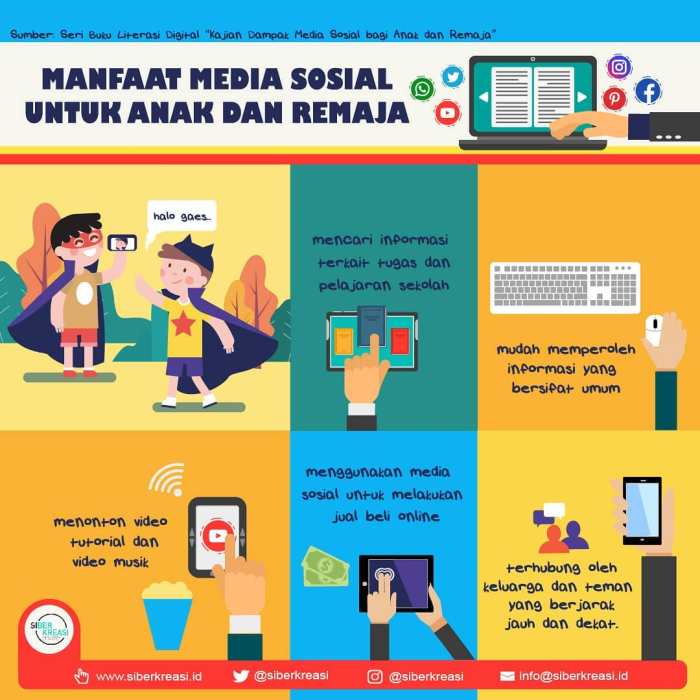Analisis Persepsi Guru Tentang E-book Sejarah
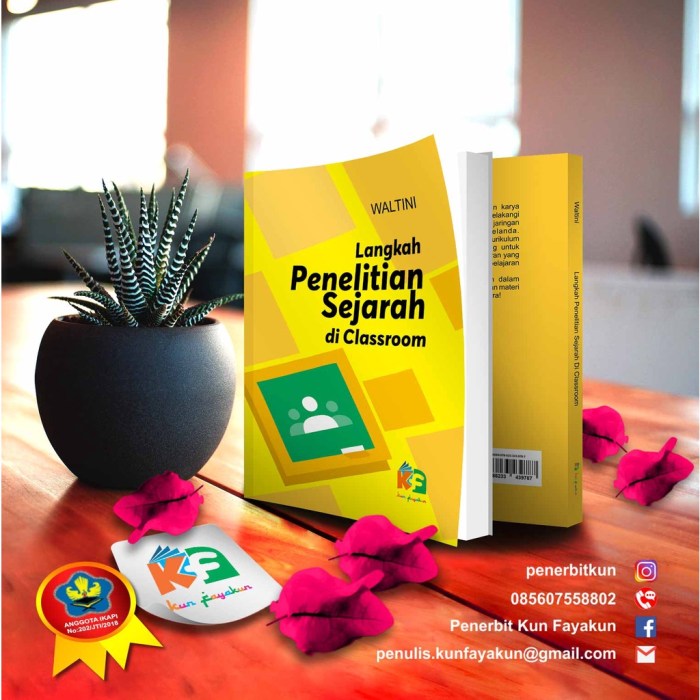
“Analisis Persepsi Guru terhadap Penggunaan E-book dalam Pembelajaran Sejarah” – Yo, sejarah kelas jadi makin hype atau makin flop? Kita lagi ngomongin tentang gimana guru-guru mikir soal pakai e-book buat ngajar sejarah. Ini bukan cuma soal buku digital aja, tapi juga tentang gimana cara belajar sejarah bisa lebih asik dan efektif.
Ada tantangan, ada peluang, dan pastinya ada drama di baliknya!
Penelitian ini menyelami persepsi guru terhadap penggunaan e-book dalam pembelajaran sejarah. Kita akan lihat faktor-faktor yang mempengaruhi pandangan mereka, kendala yang dihadapi, dan bagaimana e-book berdampak pada pemahaman siswa. Dari pengalaman guru sampai dukungan infrastruktur, semuanya akan dibahas tuntas.
Siap-siap untuk menyelami dunia pembelajaran sejarah yang serba digital!
Rekomendasi dan Saran Pengembangan Penggunaan E-book dalam Pembelajaran Sejarah

Yo, peeps! E-books in history class? Totally rad, but let’s be real, there’s always room for improvement. This section’s all about leveling up the e-book game for history teachers and students. We’re talking serious upgrades, solutions to common issues, and policy tweaks to make this whole e-book thing smoother than butter.
Think of it as a total revamp, a serious glow-up for history class.
Peningkatan Kualitas E-book untuk Pembelajaran Sejarah
Let’s face it, some e-books are, like, totally boring. To make them awesome, we need interactive elements, man! Think engaging visuals, videos that pop, and maybe even some 3D models of ancient ruins. Imagine exploring the Roman Forum without even leaving your desk! We’re talking immersive experiences that make history come alive, not just another textbook staring back at you.
The design needs to be super clean and easy to navigate, no more clunky interfaces. Think user-friendly design that’s as smooth as a perfectly executed dunk.
Strategi Mengatasi Kendala dalam Penggunaan E-book di Sekolah, “Analisis Persepsi Guru terhadap Penggunaan E-book dalam Pembelajaran Sejarah”
Okay, so what are the roadblocks? Limited internet access? Lack of devices? Teacher training? We’ve got this.
First, let’s address the digital divide. Schools need to ensure that all students have access to devices and reliable internet. Then, let’s get those teachers some serious training. We’re talking workshops, online resources, and peer-to-peer support—a total team effort.
Finally, let’s create a system for tech support, so when things go south (because they sometimes do), there’s help available. Think of it as a support squad, ready to troubleshoot and keep the e-book flow going strong.
Rekomendasi Kebijakan yang Mendukung Implementasi E-book dalam Pembelajaran Sejarah
Policy changes are key to making this whole e-book thing work. We need clear guidelines on e-book selection, ensuring quality and alignment with the curriculum. Think of it as a quality control check, making sure we’re using the best resources.
Funding is crucial, too. Schools need the budget to purchase e-books, devices, and provide ongoing tech support. And finally, let’s establish clear expectations for both teachers and students on how e-books will be used in the classroom.
This isn’t just about tossing textbooks aside; it’s about integrating technology effectively.
Rencana Pengembangan Program Pelatihan Bagi Guru Terkait Penggunaan E-book
Training teachers isn’t just a one-time thing; it’s an ongoing process. We need a multi-faceted approach. Think workshops, online modules, mentoring programs, and even peer-to-peer learning sessions. The training should cover everything from basic e-book navigation to creating engaging lesson plans using digital resources.
Regular follow-up and support are crucial, ensuring that teachers feel confident and supported throughout the process. This ain’t just a crash course; it’s a journey of continuous learning and improvement.
Model Implementasi E-book yang Efektif dan Efisien dalam Pembelajaran Sejarah
The key here is blended learning—combining the best of both worlds. Don’t just replace textbooks with e-books; integrate them strategically. Think interactive lessons, online quizzes, collaborative projects, and even virtual field trips. We’re talking a flexible approach that caters to different learning styles and keeps things engaging.
Regular assessment and feedback are essential to track progress and make adjustments as needed. It’s all about finding the right balance and adapting to what works best for your students.
Terakhir
So, intinya, menggunakan e-book buat ngajar sejarah itu kayak naik roller coaster – ada ups and downs-nya! Tapi, dengan strategi yang tepat dan dukungan yang memadai, e-book bisa jadi senjata ampuh buat bikin pembelajaran sejarah lebih engaging dan accessible.
Let’s make history class lit!
Pertanyaan Populer dan Jawabannya: “Analisis Persepsi Guru Terhadap Penggunaan E-book Dalam Pembelajaran Sejarah”
Apakah e-book bisa menggantikan buku cetak sepenuhnya?
Belum tentu. E-book punya kelebihan dan kekurangan, buku cetak juga. Keduanya bisa saling melengkapi.
Bagaimana cara mengatasi masalah akses internet yang terbatas?
Sekolah bisa menyediakan akses wifi yang memadai, atau menggunakan e-book offline.
Apakah semua guru siap beradaptasi dengan e-book?
Tidak semua guru memiliki kemampuan dan kemauan yang sama. Pelatihan dan dukungan berkelanjutan sangat penting.
